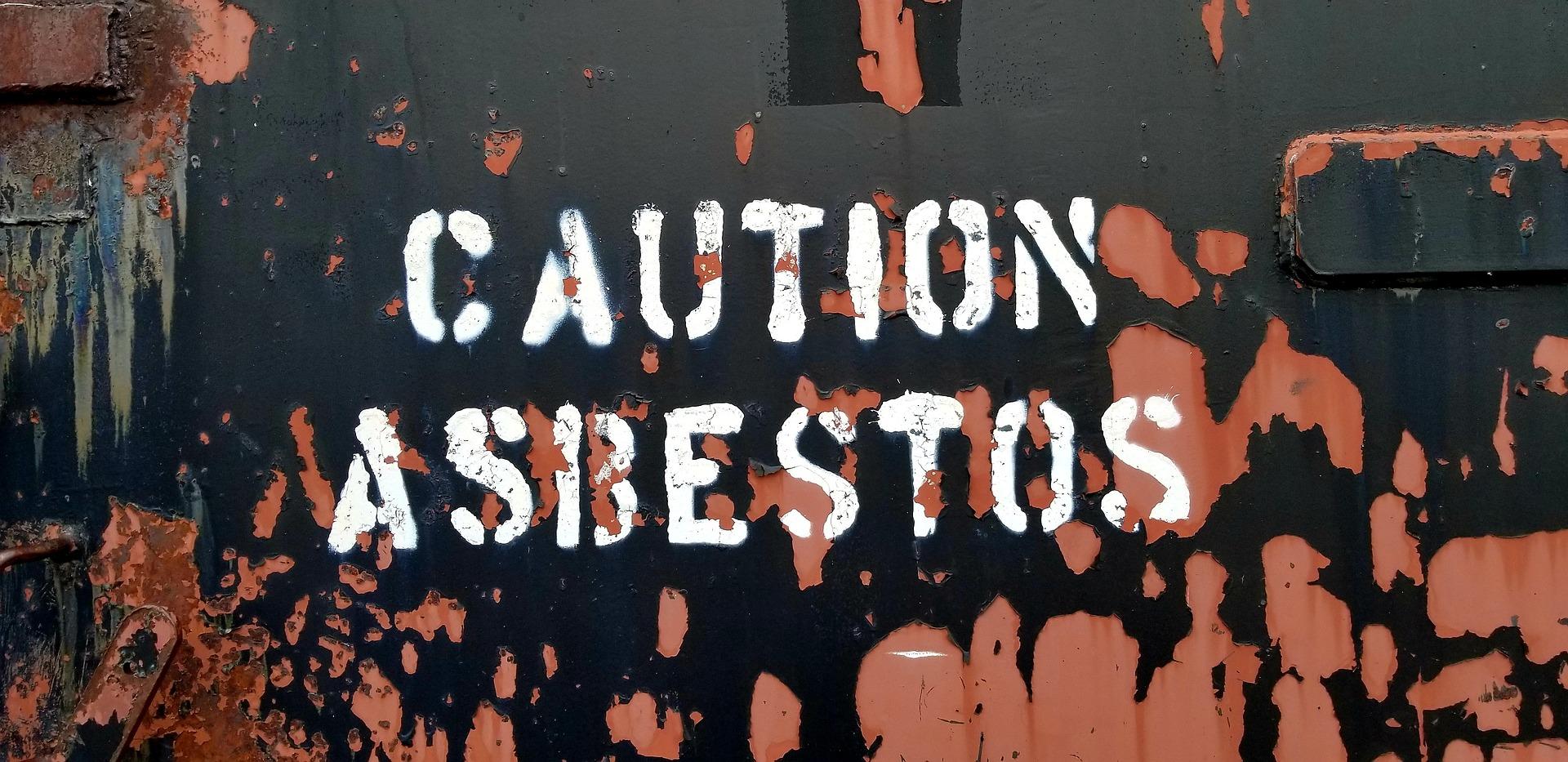We often think of asbestos as a thing of the past but, the reality is that this harmful substance is still present in many UK buildings. In this article, we’ll look at what happens if a building in the UK has asbestos.

The use of asbestos in new buildings is banned in the UK, so we often think that it’s no longer an issue to worry about. However, many asbestos solicitors deal with asbestos related claims as many of our buildings still contain this deadly substance.
In this article, we’ll be looking at what happens if a building in the UK contains asbestos. Let’s delve in..
What is Asbestos?
Asbestos is a naturally occurring substance, it’s a fibrous silicate material which looks a little bit like dirty grey cotton wool in many instances. Until fairly recently, asbestos which is made up of chunks of long thin crystals, was used as insulation for floors, roofs and ceilings. The substance was often chosen by building contractors due to its wide availability and low cost.

Since 2012, with the introduction of the Control of Asbestos Regulations, the use of asbestos has been prohibited as a building material in the UK. This is due to the fact that it has been proven that this substance can be extremely hazardous to health and can cause terminal conditions such as mesothelioma, an aggressive type of lung cancer.
Despite new regulations, asbestos still exists in some UK buildings as the ruling decreed that any structure containing asbestos which was built before 1999 may be allowed to remain. While some asbestos related diseases such as asthma can be treated fairly easily, others such as COPD and mesothelioma, will very often result in the eventual death of the individual.
Buildings which still contain asbestos include residential properties but are usually public buildings such as libraries, schools and hospitals – i.e. public use buildings which were built between 1930 and 1999.
What Happens if a Building in the UK Has Asbestos?
To begin with, it’s important to note that the presence of asbestos in a building is not always cause for panic. If asbestos in a building remains undisturbed, it will usually pose no significant risk to health.
If however, asbestos in a building is disturbed, either by building works or extreme weather, this can release particles into the air which, when inhaled, can cause serious disease.
If it is believed or suspected that a building contains asbestos, particularly if there are planned construction works, it’s important that the asbestos is identified and a risk assessment performed.
Such operations should always be carried out by professionals and, in the first instance, building managers should do as follows:
- Immediately stop any works which may be underway
- Evacuate the building where possible
- Put up hazard signs warning that asbestos may be present
- Destroy any PPE which may have been in contact with the asbestos
The building manager should then contact a professional company to identify the asbestos, carry out a risk assessment and begin work on removing the asbestos from the building where necessary.
If the building is a residential one, homeowners should get in touch with their local council to find out what their options are in terms of identifying and removing asbestos from their property.
What to Do If You Think You’ve Been Exposed to Asbestos

If you think you may have been exposed to asbestos, it can be a very worrying time. Although in cases of brief exposure, there will usually be no cause for alarm, you should still make an appointment to see your GP.
During your appointment, your GP will check your lungs and ask for information about the exposure to asbestos. Where necessary, they may refer you to a lung specialist for further tests.
If you have been exposed to asbestos within your workplace, particularly if this exposure has resulted in ill health, it may be that you’re eligible to claim for financial compensation. In this instance, you should always seek advice from a specialist solicitor who will be able to advise you on your options and, if applicable, help you to present your case.
Because of this, it’s always a good idea to gather as much evidence as possible before contacting a solicitor as this will not only help with your case but may also save you money in legal fees.
Acting Fast With Asbestos
While we’d like to think that exposure to asbestos is a thing of the past in the United Kingdom, this is sadly very much not the case. In 2019, there were 159 reported cases of asbestosis in the UK and as this number only reflects reported cases, the true figure will almost certainly be higher.
The majority of asbestosis cases in the UK are workplace related and in many instances, have life changing consequences. Sadly, these consequences will often lead to incapacity due to serious illness or death.
There are also, some rare cases of domestic asbestos which may in some instances, require families to vacate the property until the substance is removed safely by professionals.
If you feel that a building that you live and work in has been affected by asbestos or you believe that you have been exposed to the substance, it’s important to act quickly. By keeping others away from the site and, in the case of personal exposure, visiting a medical professional, you can help to at least limit the damage caused by the presence of asbestos.
Please be advised that this article is for general informational purposes only, and should not be used as a substitute for advice from a trained legal or medical professional. Be sure to consult a medical professional or healthcare provider if you’re seeking medical advice, diagnoses, or treatment with asbestos related diseases. We are not liable for risks or issues associated with using or acting upon the information on this site.





